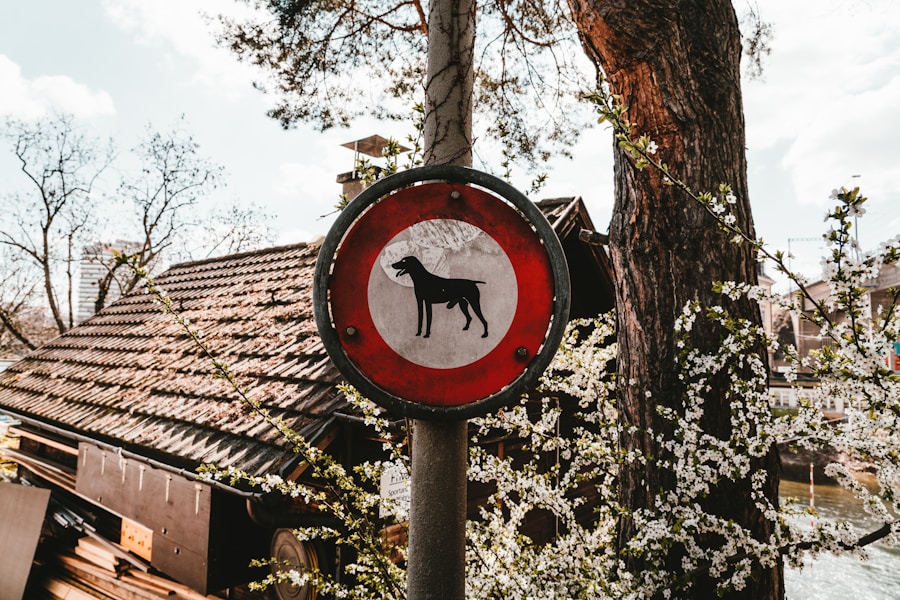Winter weather can bring a host of hazards to business premises, posing risks to both customers and employees. One of the most common winter hazards is slippery walkways and parking lots due to snow and ice accumulation. This can lead to slip and fall accidents, which can result in serious injuries and potential legal liabilities for businesses. Additionally, poor visibility caused by snow and ice can increase the risk of vehicle accidents in parking lots. Another common winter hazard is inadequate lighting, which can make it difficult for customers and employees to navigate the premises safely. Understanding these risks is the first step in implementing preventative measures to keep business premises safe during the winter months.
In addition to slippery walkways and parking lots, businesses should also be aware of the potential hazards posed by heavy snow accumulation on roofs and awnings. Snow and ice buildup can lead to structural damage and pose a risk of collapse, endangering both customers and employees. It’s important for businesses to regularly inspect their premises for these hazards and take proactive measures to address them before they become a safety issue. By identifying these common winter hazards, businesses can take the necessary steps to mitigate risks and ensure the safety of everyone on their premises.
Implementing Preventative Measures: Tips for Keeping Business Premises Safe
Once businesses have identified the common winter hazards that pose a risk to their premises, it’s important to implement preventative measures to keep the area safe for customers and employees. One of the most effective ways to prevent slip and fall accidents is to regularly clear snow and ice from walkways and parking lots. This can be done using snow shovels, snow blowers, or ice melt products. Businesses should also establish a regular schedule for snow and ice removal to ensure that walkways and parking lots remain safe and accessible throughout the winter months.
In addition to clearing snow and ice, businesses should also take steps to improve visibility and lighting on their premises. This can be achieved by installing bright outdoor lighting in parking lots and walkways, as well as ensuring that existing lighting fixtures are in good working condition. Adequate lighting not only enhances visibility for customers and employees but also deters criminal activity, making the premises safer for everyone. Another important preventative measure is to inspect roofs and awnings for snow and ice buildup and take proactive steps to remove any accumulation before it becomes a safety hazard. By implementing these preventative measures, businesses can significantly reduce the risk of winter-related accidents on their premises.
Clearing Snow and Ice: Best Practices for Maintaining Walkways and Parking Lots
Clearing snow and ice from walkways and parking lots is essential for maintaining a safe environment for customers and employees during the winter months. One of the best practices for snow removal is to establish a regular schedule for clearing snow and ice, especially during periods of heavy snowfall. This can help prevent the buildup of snow and ice, reducing the risk of slip and fall accidents. Businesses should also invest in high-quality snow removal equipment, such as snow shovels, snow blowers, and ice melt products, to effectively clear walkways and parking lots.
Another best practice for maintaining walkways and parking lots is to prioritize areas with high foot traffic, such as entrances and exits, as well as pathways leading to parking areas. These areas should be cleared first to ensure that customers and employees can safely enter and exit the premises. Additionally, businesses should consider establishing designated snow removal zones where snow can be piled without obstructing walkways or parking spaces. By following these best practices for maintaining walkways and parking lots, businesses can create a safer environment for everyone during the winter months.
Providing Adequate Lighting: Enhancing Visibility and Safety for Customers and Employees
Adequate lighting is essential for enhancing visibility and safety on business premises during the winter months. One of the best practices for providing adequate lighting is to install bright outdoor lighting in parking lots and walkways. This can help improve visibility for customers and employees, making it easier for them to navigate the premises safely. Businesses should also ensure that existing lighting fixtures are in good working condition by regularly inspecting them for any signs of damage or malfunction.
In addition to installing bright outdoor lighting, businesses should also consider using motion-activated lights in areas with low foot traffic, such as back entrances or alleyways. These lights can help deter criminal activity while conserving energy when not in use. Another best practice for providing adequate lighting is to keep outdoor lighting fixtures free from snow and ice buildup, as this can obstruct the light and reduce visibility. By following these best practices for providing adequate lighting, businesses can enhance visibility and safety for everyone on their premises during the winter months.
Training Staff: Educating Employees on Safe Winter Practices and Protocols
Educating employees on safe winter practices and protocols is essential for ensuring their safety on business premises during the winter months. One of the best practices for training staff is to provide them with comprehensive training on snow and ice removal techniques, as well as the proper use of snow removal equipment. This can help employees effectively clear walkways and parking lots while minimizing the risk of injury. Businesses should also educate employees on the importance of wearing appropriate footwear with good traction to prevent slip and fall accidents.
Another best practice for training staff is to establish clear protocols for reporting safety hazards, such as icy walkways or inadequate lighting. Employees should be encouraged to report any safety concerns they encounter so that they can be addressed promptly. Additionally, businesses should provide employees with regular updates on weather conditions and any potential hazards that may arise due to winter weather. By training staff on safe winter practices and protocols, businesses can empower employees to take an active role in maintaining a safe environment for everyone on their premises.
Communicating with Customers: Informing Visitors of Potential Hazards and Safety Measures
Communicating with customers is essential for informing them of potential hazards and safety measures on business premises during the winter months. One of the best practices for communicating with customers is to display clear signage warning of potential hazards, such as slippery walkways or icy conditions. These signs should be prominently displayed at entrances, exits, and other high-traffic areas to alert customers to potential risks. Businesses should also provide information on safety measures, such as designated snow removal zones or recommended footwear for navigating icy surfaces.
In addition to signage, businesses should also use other communication channels, such as social media or email newsletters, to inform customers of potential hazards and safety measures during the winter months. This can help ensure that customers are aware of any safety concerns before visiting the premises. Another best practice for communicating with customers is to provide regular updates on weather conditions and any potential disruptions to business operations due to winter weather. By effectively communicating with customers, businesses can help them make informed decisions about visiting the premises during the winter months.
Seeking Legal Counsel: Understanding Liability and Potential Legal Ramifications
Seeking legal counsel is essential for understanding liability and potential legal ramifications related to winter hazards on business premises. One of the best practices for seeking legal counsel is to consult with a qualified attorney who specializes in premises liability law. An attorney can provide valuable guidance on how to mitigate risks associated with winter hazards, as well as how to respond in the event of an accident or injury on the premises. Businesses should also review their insurance policies with legal counsel to ensure that they have adequate coverage for potential liabilities related to winter weather.
Another best practice for seeking legal counsel is to regularly review and update safety protocols in accordance with local laws and regulations. This can help businesses stay compliant with legal requirements while minimizing the risk of liability. Additionally, legal counsel can provide guidance on how to document safety measures taken to address winter hazards, which can be valuable in the event of a legal dispute. By seeking legal counsel, businesses can gain a better understanding of their liability and potential legal ramifications related to winter hazards on their premises.
In conclusion, understanding the risks posed by common winter hazards is essential for implementing preventative measures to keep business premises safe during the winter months. By identifying these risks, businesses can take proactive steps to mitigate them through regular snow and ice removal, providing adequate lighting, training staff on safe winter practices, communicating with customers about potential hazards, and seeking legal counsel to understand liability and potential legal ramifications. By following these best practices, businesses can create a safer environment for everyone on their premises during the winter months while minimizing the risk of accidents or injuries.

